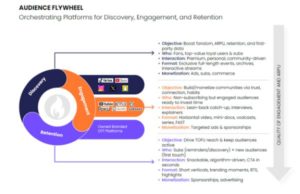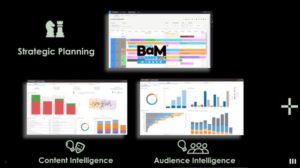Encoding an OTT (over-the-top) ladder can be a demanding job. To satisfy the needs of viewers on a variety of screen sizes and resolutions, like 4K TVs and smartphones, you will inevitably end up with an encoding ladder that has many rungs. For every rung, or every step on the ladder, typical encoding scenarios will require an encoding instance.
Eliminating redundant steps in Adaptive Bitrate (ABR) encoding
So, the encoders are configured, set up and begin their work—but wait a minute, don’t they all do pretty much the same thing? Correct—each encoder goes through the same, basic steps of motion estimation, image analysis and then encoding, using the same input image. These are redundant and often unnecessary steps. At MainConcept®, we invented the solution for this: SABET™, Smart Adaptive Bitrate Encoding Technology.1
Our engineering team quite carefully analyzed which of the encoding steps are redundant in Adaptive Bitrate (ABR) encoding. Then, we went heads down in algorithms and code to create SABET.
How does SABET work?
SABET uses a single encoder instance to generate all ABR rungs at once, eliminating redundant processes. The encoder instance is fed with a single input stream in full resolution. From there, up to 12 renditions are generated with different resolutions and bitrates.
From a user and API perspective, this approach simplifies setting up the encoder as it ensures that all renditions have the exact same IDR (Instantaneous Decoder Refresh) frame placement and the same frame structure. From an encoding perspective, SABET2 reduces processing requirements up to 30% for a typical HLS (HTTP Live Streaming) bitrate ladder, allowing your encoding jobs to be completed more quickly and cost effectively than a traditional single-instance encoding.

What are the benefits of using SABET?
SABET improves processing efficiency for both live and VOD (Video on Demand) workflows. In all scenarios it reduces the overall CPU power needed for encodings of the bitrate ladder, especially for VOD and distributed transcoding farms. SABET completely eliminates the decoding step for each transcode after the first decode, and it also doesn’t require the large source file being copied to all server nodes over the network.
This means less processing time and CPU load, reducing your overall content delivery costs.
Where can I get SABET?
SABET is an optional feature in MainConcept’s HEVC/H.265 Video Encoder SDK as well as Transcoding SDK and can be tested at any time in the HEVC demo version. So why not take it for a spin today?









